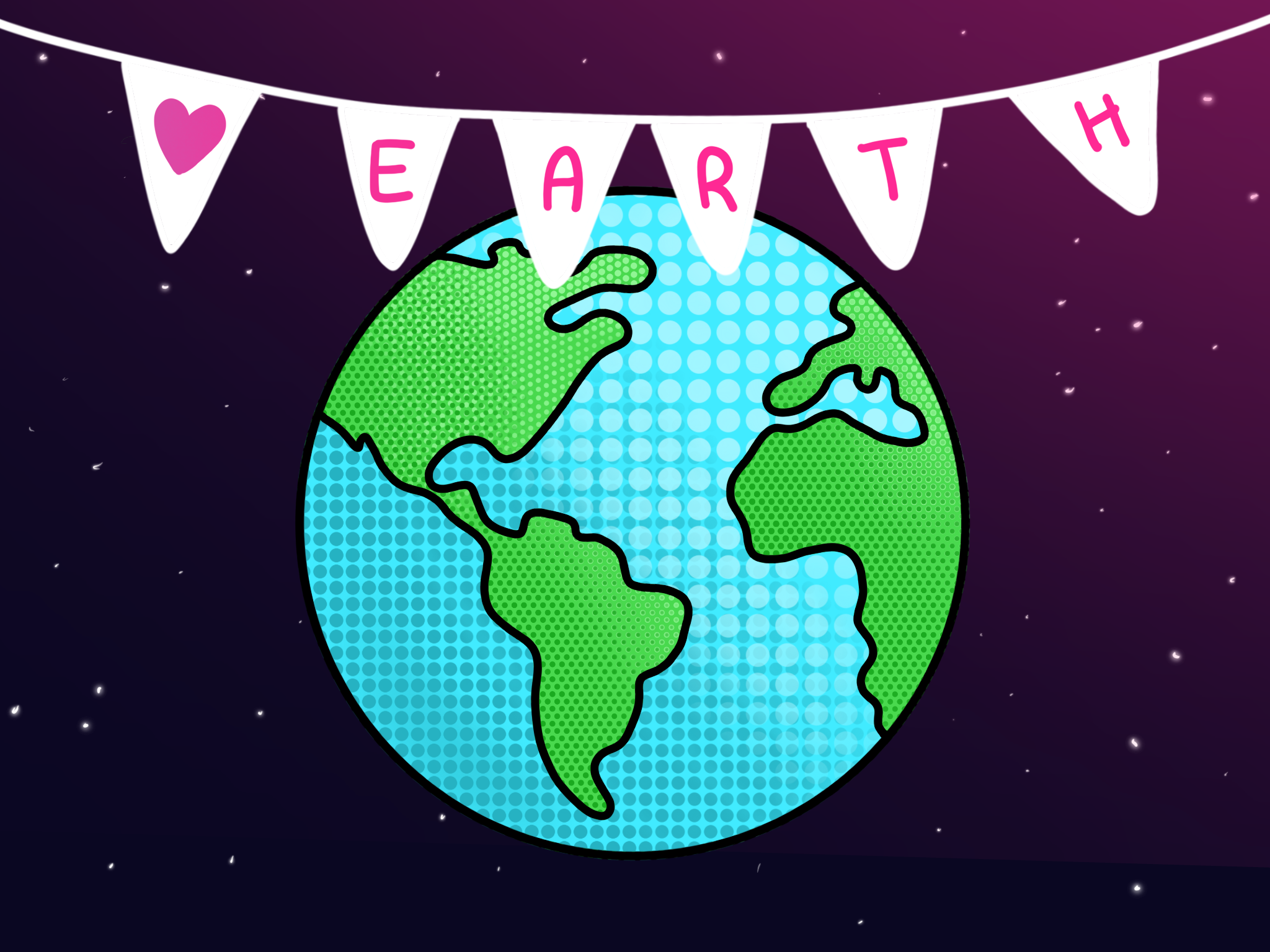The Beautiful Complexity of Our Planet: Incredible Facts about Earth
Charlotte Preuss ’26
Christine Wu ’25
After another great and informative Earth Month, this is a great time to reflect on our amazing planet and everything it does for us. The Earth is amazing, but many mind-blowing facts about it often go unheard. Here are some incredible facts about Earth that are awe-striking and will inspire a feeling of deep gratitude.
Lakes can explode.
Nyos, Monoun, and Kivu are three deadly lakes above craters and volcanic earth in Cameroon and East Africa. They contain high concentrations of carbon dioxide in their deep waters. This carbon dioxide is released from magma below the surface of the lake bed. This carbon dioxide can initiate an explosion. These explosions are extremely dangerous and deadly to anyone in the area (Pappas, 2022).
2. The largest living structures on the planet are coral reefs.
Coral reefs are home to the most species out of Earth’s ecosystems. Some reefs are so large they can be seen from space (Pappas, 2022).
3. Weather on Earth has some wild properties.
One stroke of lightning has the ability to heat the surrounding air to 54,000 degrees Fahrenheit. This causes the air to expand quickly, creating a shock wave that leads to a large clap of sound, known as thunder. Another incredible fact is that every minute around the Earth, there are about 6,000 lightning flashes (Pappas, 2022).
4. Days on Earth are getting longer.
“When Earth was formed 4.6 billion years ago, its day would have been roughly six hours long. By 620 million years ago, this had increased to 21.9 hours” (NASA, 2016). The length of the day has continued to increase and now lasts 24 hours. The culprit at fault for this astonishing property is the moon. The moon creates tides on Earth. Tidal ocean bulges are found on opposite sides of the planet, occurring due to the moon’s gravitational force that pulls the water in its direction (US Department of Commerce, 2013). “Earth's spin causes the position of its tidal ocean bulges to be pulled slightly ahead of the moon-Earth axis, which creates a twisting force that slows down Earth's rotation” (NASA, 2016). A slow in Earth’s rotation causes days to get longer as the Earth spends more time in a particular position relative to the sun.
5. Platypi can sweat out milk.
Our planet is beautiful and complex, and its incredible species and living organisms are just as fascinating. For example, platypi can sweat out milk. Instead of nursing their young through a nipple like most other mammals, platypi secrete milk from mammary glands, causing milk to diffuse out of an area of their skin.
6. The size of a bird’s brain can change.
Another crazy fact is that some birds will change their brain size in the winter. In the winter, when food is hard to find, birds must have an extremely powerful memory to remember where they stored their food. “The hippocampus, associated with spatial memory, can grow as much as 30% in birds like the Black-capped chickadee”. During the warmer months, the hippocampus will return to its normal size (Charles, 2024).
Earth is truly amazing, and many captivating things occur on its surface (and below it). As Earth Month has come to a close, this is a great time to grow a sense of gratitude for both the crazy and awe-striking things about Earth and the everyday things it does for us.
References
Charles. (2024, March 5). Gulo in nature’s top 15 weird nature facts. Gulo in Nature.
https://guloinnature.com/gulo-in-natures-top15-weird-nature-facts/
NASA. (2016, August 3). 10 interesting things about Earth – climate change: Vital signs of the planet. NASA.
https://climate.nasa.gov/news/2469/10-interesting-things-about-earth/
Pappas, S., Britt, R. R., & Harvey, A. (2022, February 4). 50 interesting facts about Earth. LiveScience.
https://www.livescience.com/19102-amazing-facts-earth/3.html
US Department of Commerce, N. O. and A. A. (2013, June 1). Tides and water levels: NOAA’s National Ocean Service Education.
NOAA’s National Ocean Service. https://oceanservice.noaa.gov/education/tutorial_tides/media/supp_tide03.html#:~:text=Gr%20avity%20and%20inertia%20act%20in,toward%20it%2C%20creating%20one%20bulge
